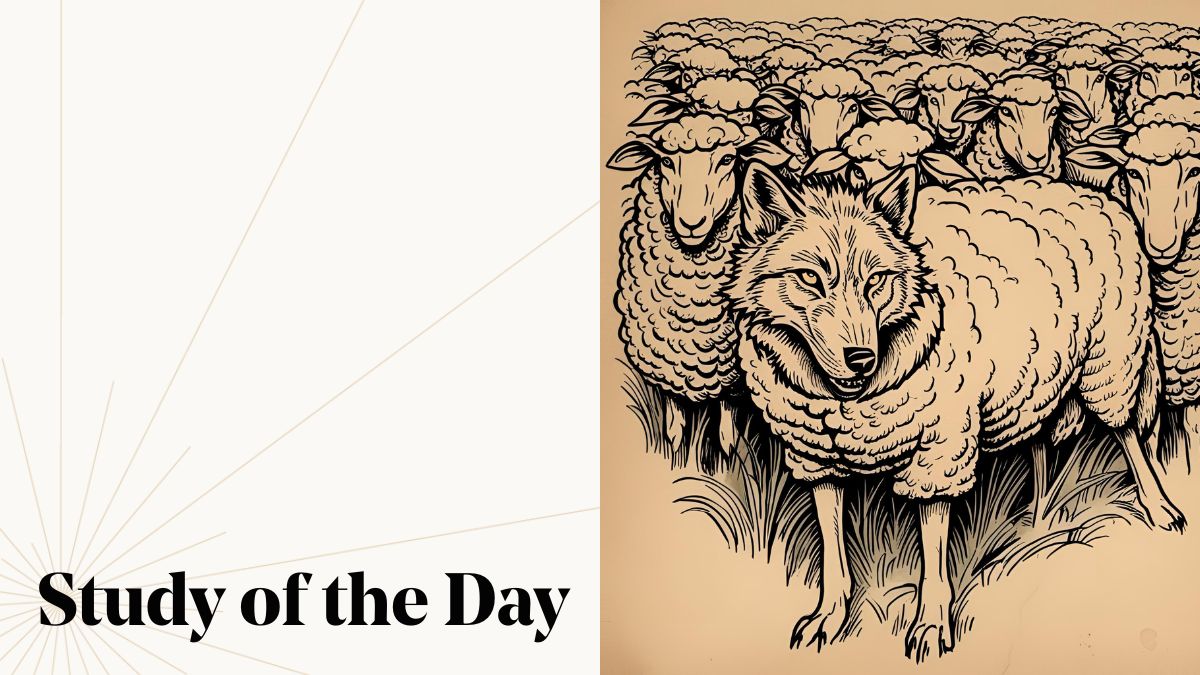In our Study of the Day feature series, we highlight a research publication related to a John Templeton Foundation-supported project, connecting the fascinating and unique research we fund to important conversations happening around the world.
Animals that we are, it makes sense that a large part of our quick visual processing apparatus might be optimized for things like detecting predators and making quick judgements about cause, effect, intent and probability. Even when observing basic lines, shapes and movement, we can make estimates about relative distance, direction, and contingency — about agents (the shapes) and their intentions (what their movements signify).
Santiago Castiello, a postdoctoral researcher at Yale University’s Belief Lab, was curious about whether people’s response to these base-level visual stimuli might tell us something about higher-level social beliefs, specifically paranoia (believing others intend harm) and excess teleology (ascribing purpose to random events). Working with Joan Danielle K. Ongchoco, a cognitive scientist at the University of British Columbia, and Benjamin van Buren, a psychologist at the New School for Social Research in New York City, Castiello devised a series of tests to tease out whether people’s visual interpretation of circles moving around on a computer screen might tell us something about higher-level misinterpretations of reality.
The game they developed was a visual parable of sheep and wolves: circles moved around the screen, and in various iterations participants were asked to identify the shapes “sheep,” “wolves,” and to indicate which wolves were chasing which sheep. Some of the games showed an actual chase taking place; in others the wolf-circle was actually chasing a roving empty space on the board. Participants were ranked in their accuracy and also given a standard set of questionnaires to rate their tendencies toward paranoia (e.g.,“People wanted me to feel threatened, so they stared at me”) and excessive teleology (e.g. “The event clearly had a purpose”).
Casteillo and his colleagues found that people who reported paranoia or excessive teleology were both more likely to perceive chasing where there was none, but that when it came to identifying predator and prey, the groups diverged. People exhibiting paranoia had trouble identifying which circles represented sheep, while those with excess teleology weren’t good at figuring out which circles were the wolves. This was the surprising bit — that although both types of people had trouble with perceiving agency where there wasn’t any, they had different blind spots.
Although the correlations were clear, the authors note that it is less certain where to view the locus of causality: is it that a person’s orientation towards paranoia seeps down into their basic visual perception, or is it that people predisposed to visually spotting predators are more likely to develop a more broadly paranoid mindset? It’s possible, of course, that the answer lives in the middle: that social hallucinations are located somewhere in between vision and inference.
Still Curious?
Read Paranoid and teleological thinking give rise to distinct social hallucinations in vision
